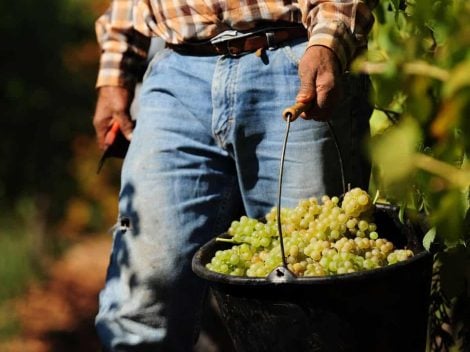The birth of merendine snacks. Motta, Mottino and Buondì
And then came Angelo Motta. With his panettone marked by the unmistakable M, but above all with one of the inventions that revolutionised the food industry, marking a key step in the habits of Italians. The merendina snack. For every day and every hour. This is how the entrepreneur had thought of it, a mignon format specialty suitable for the little ones, perfect to put in the school bag and take out at snack time. Enter the Mottino. A reduced version of the panettone was already studied at the end of the 1930s: Motta had the slogan written in elegant italics on all its advertising pages, but the time was not yet ripe. Bread, butter and sugar for the richest, a veil of jam for all the others, and a piece of fruit for the adults were the popular snacks in those years, but they did not last long: in the 1950s, finally, Angelo's dream came true with his mini panettone snack, the one that three years later then turned into the famous Buondì. It was 1953 and the packaged brioche covered with icing and sugar sprinkles gave life to a 70-year love story. The great adventure of merendine snacks in Italy thus began.
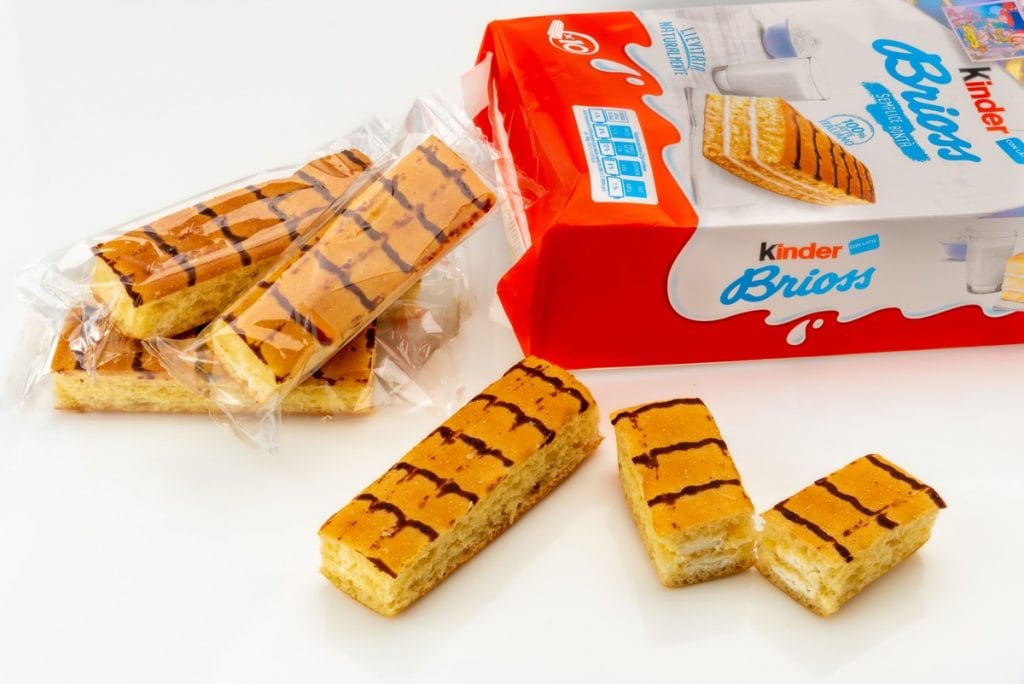
The 60s and 70s: baby boom and the Girella
Never had an intuition been more apt. Motta succeeded in his mission, not before having scored another good point with the first portable gelato: Mottarello, i.e. fiordilatte on a stick which at the end of the 1940s was a hit with Italians unaccustomed to such a product. Stuff for Americans, which the entrepreneur imitated and improved, creating one of the longest-lasting packaged gelato in history and above all paving the way for the other big brands that would come later. In the 70s the turning point was with the legendary Girella: very tasty, with a curious and fun shape, iconic for generations which for some time has also had a dedicated day, March 20, Girella Day which is all the rage on social media. But before that, in the 60s, there was Ferrero and the baby boom, and the cultural revolutions, the struggles for civil rights, rock 'n' roll and that inexplicable feeling that anything was possible. And there was the Fiesta snack with its particular orange flavour, and the Brioss with its simple and delicate scent. In 1964 the diva of the Ferrero house arrived: Nutella. The spread that has conquered palates of all ages, inimitable and unrivalled: and to think that the ancestor of the most famous spread of all was born to make up for the lack of cacao after World War II.
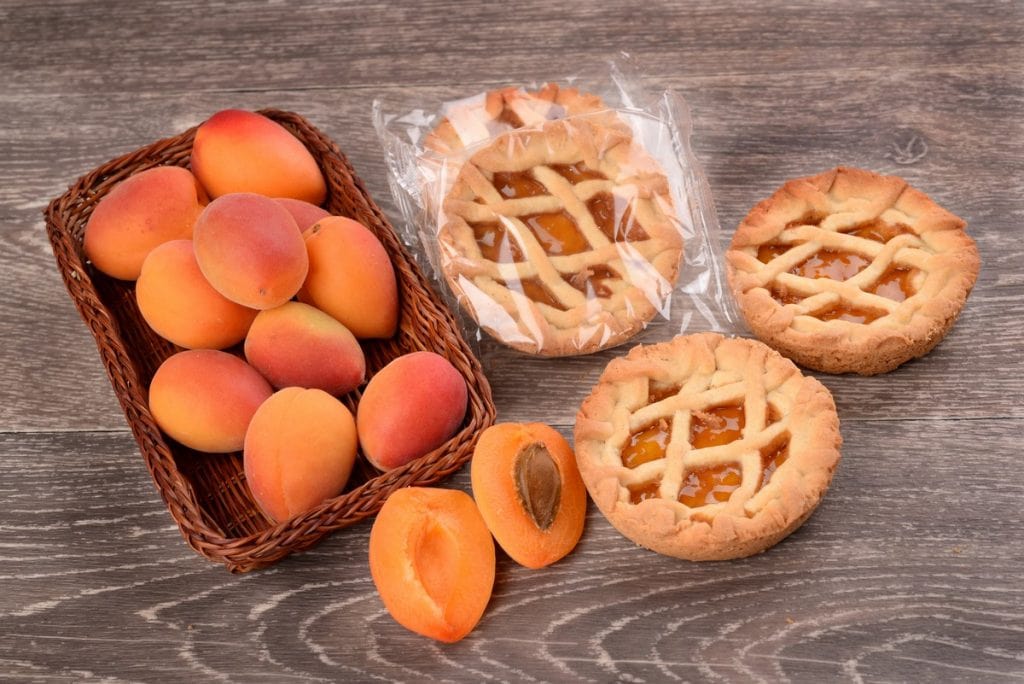
The 80s, the Merende del Mulino and the myth of Soldino
It is the time of optimism and dynamism, of the celebration of fast-track lifestyle, perhaps even of ostentation. These are the years of the freezer, penne with vodka sauce, sparkling water which is "only Recoaro," Loredana Bertè singing "Non sono una signora" and Italy winning the World Cup. These are the fabulous 80s, which for all the children of this era will go down in history as the Soldino era. After the first packets of biscuits successfully launched in 1975 and presented in the Carosello ads segment on Rai, 1980 marked the birth of Le Merende del Mulino, with brioche, donuts and packaged croissants. The brand conquers the afternoon television space reserved for children, the Little White Miller was born from the creativity of illustrator Grazia Nidasio, surprises are included in the packaging, the tegolino and at the end of the decade also the iconic mill-shaped radio, childhood memory of every Millenial.
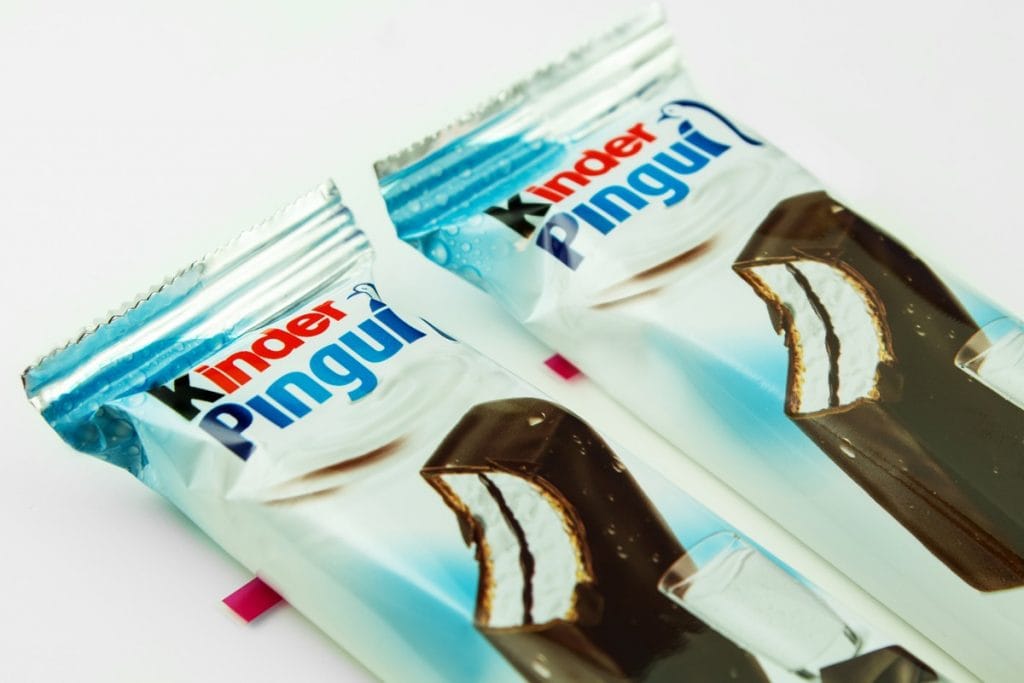
The 90s, plum cake and refrigerator snacks
From colourful drawings to the portrait of an actual family dreaming of living in a house surrounded by greenery. The Berlin Wall had collapsed but the new Millennium was still a little away: in this cultural limbo, meanwhile, life went on. It was the 90s, the hinge between two eras, the era of Nirvana and boy bands, of the popular Non è la Rai TV show and Tamagotchi, of commercial television that continued its run starting in the previous decade. Marchesi had already won Three Michelin stars, Slow Food was born a few years before, summer we all sang "Notti Magiche" and Motta struck again with the ice cream symbol of those years, promoted by Stefano Accorsi with his broken English slogan. And while the Maxibon gelato conquered refrigerators of households and coffee bars, the PlumCake made with yoghurt by Mulino Bianco arrived in home pantries, followed in 1996 by the Flauti. They did not replace the Yo-Yo and the Girella Motta, but complemented them, positioning themselves among the favourite merendine snacks of children of those years. Meanwhile, however, attention to health, body image, and diet was also growing: everything became light – from Philadelphia cream cheese to Coca Cola – and even the world of merendine snacks offered healthier products such as Camille, soft carrot and almond cakes. But these were, above all, the years of refrigerated snacks: Kinder Fetta al Latte (1991), Kinder Pinguì (1993) and Kinder Paradiso (1994), an ingenious way to offer a tasty alternative even in the warmer months.

The 2000s, health conscience and timeless success of merendine
With the new millennium everything changed, or so it would seem. The trend towards health was strengthened, portions became smaller, saturated fats and sugars were reduced, as was caloric intake: snacks with healthier appearance arrived on the market, with dehydrated red fruits and the addition of yoghurt, but the myth of merendine did not end. According to an analysis conducted by Circana, in 2022 the sale of snacks reached around 1.3 billion euros in value (29% of the total of Bakery Products and Cereals), with a growth of +2% compared to the previous year. Sliced snacks and croissants were among the favourite among Italians, followed by plum cake, tartlets and mini-cakes: "If we are here to celebrate 70 years of merendine, it means that this product over time has won the appreciation of several generations," stated Luca Ragaglini, Deputy Director of Unione Italiana Food. The choice on the market was wide, from the early 2000s internationally inspired snacks such as muffins also arrived, followed by packaged waffles and pancakes. Some cult products of the past can no longer be found – like the Soldino, for example, which bet everything on a very successful nostalgia operation, was back in a limited edition in 2021 – and the options available for specific dietary needs, from gluten-free to vegan, are in continuous increase.

A long time has passed since that very first Mottino, but merendine snacks still encapsulate childhood afternoons, perhaps for their practicality or perhaps even for that wholly industrial taste to which not even the most demanding palates seem to be immune... the same that has continued for 70 years to achieve its goal. Like the slogan goes, For every day and every hour.
by Michela Becchi

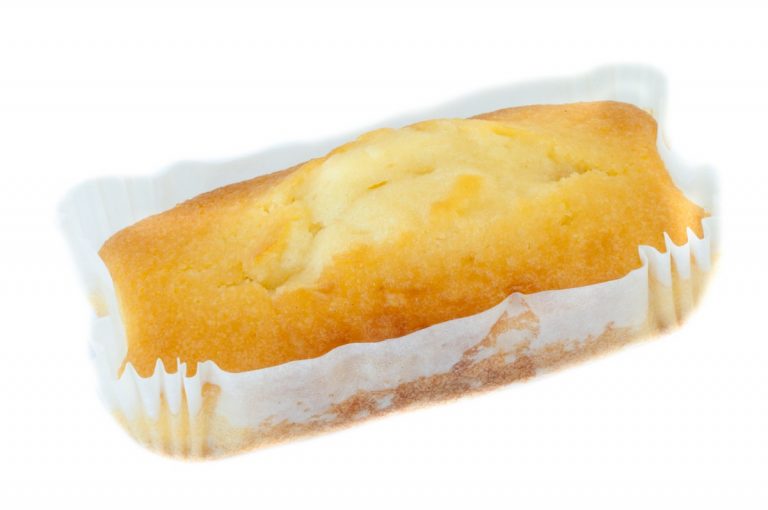
 Diego Rossi of Trippa opens a new osteria: what you can eat at Nino Osteria con Cucina in Milan
Diego Rossi of Trippa opens a new osteria: what you can eat at Nino Osteria con Cucina in Milan How you eat at Sentiero, the restaurant Elba Island was missing
How you eat at Sentiero, the restaurant Elba Island was missing Eating by the sea in Tuscany. The best beachfront restaurants selected by Gambero Rosso
Eating by the sea in Tuscany. The best beachfront restaurants selected by Gambero Rosso Contemporary cuisine, farmhouses and pinewoods. The hidden restaurant in the nature park near Como
Contemporary cuisine, farmhouses and pinewoods. The hidden restaurant in the nature park near Como California rediscovers Sangiovese. A brief history of the revival of a forgotten grape variety in the United States
California rediscovers Sangiovese. A brief history of the revival of a forgotten grape variety in the United States


